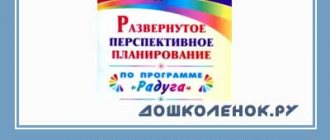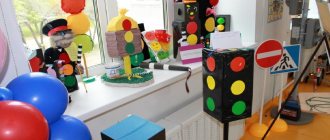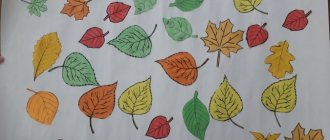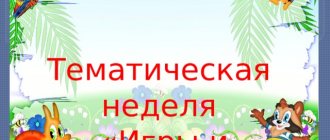Planning joint activities
When planning joint activities, its structure must be determined. For example, in the case of children of senior preschool age, its structure will be as follows:
- formulation by the teacher of the task and acceptance of it by each participant in the activity;
- analysis of the problem, children put forward and choose ways to solve the problem;
- discussion and evaluation of the obtained result of joint activities.
Joint activity consists of play, problem, cognitive and other situations or tasks. Joint activities are planned and monitored in the following format:
- targeted walks;
- observations;
- examinations;
- experimentation;
- creative activity.
Today, it is important to implement joint activities of children, teachers and parents through a variety of projects, in which parents should take an active part, as in educational activities, and not just act as outside observers.
In other words, the joint activity of a teacher and children is a promising form of developmental education. Educational situations in the joint interaction of a teacher and children are transformed and become situations of co-development and co-realization of an adult and children in the educational space of a preschool educational institution.
Principles, types and levels of independent work
In addition to goals and objectives, independent work has principles, types and forms, as well as different levels of complexity. Understanding them allows you to understand the methodological basis on which the goals and objectives of independent work are built, assess the level of complexity of tasks and track your own progress.
Principles of independent work
The following basic methodological principles of independent work are identified:
- focus;
- consistency;
- regularity;
- consistency;
- utility;
- scientific character.
This means that the goals and objectives of independent work, which the teacher pre-vocalizes and the student clarifies during the work, must comply with these principles.






